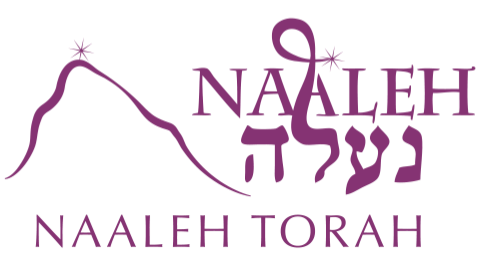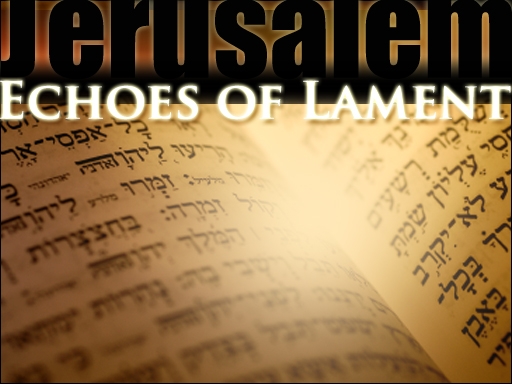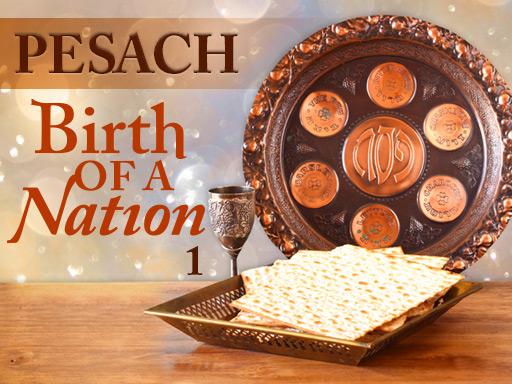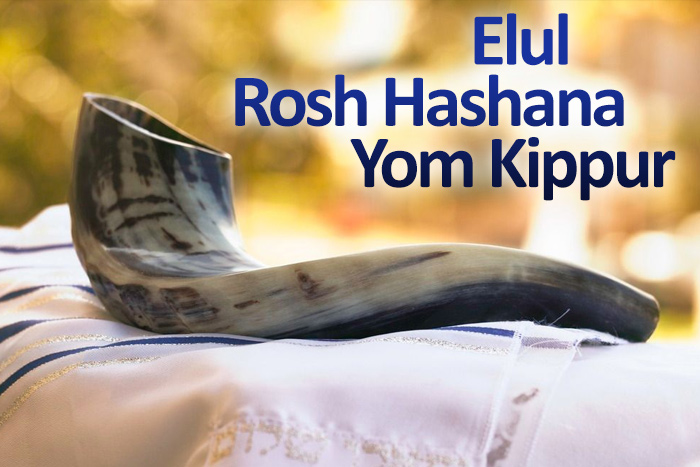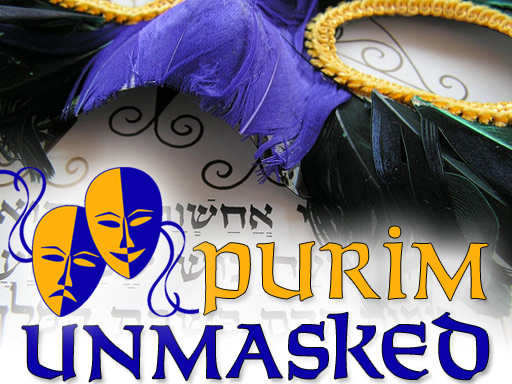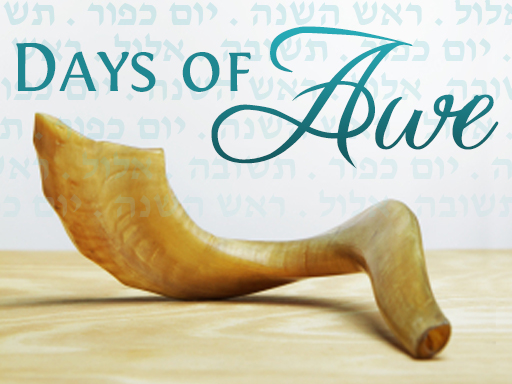In this class on the Three Weeks and Tisha B’Av, Rabbi Avishai David discusses the background, content, purpose, and structure of Megillat Eicha. Rabbi David discusses the Tannaic disagreement over whether the Megilla is written as a rebuke or as a lament, and if it was written before or after the actual destruction of Yerushalayim. Rabbi David then reviews the content of each perek of the Megilla, and contrasts Perek Bet, which focuses on the Beit Hamikdash, with Perek Daled, which speaks about the fate of Klal Yisrael. Rabbi David ends this overview with an examination of the hopeful element found throughout the Megilla.
